Architects: SN Architecture, Soltozibin Architects
Area: 237 m²
Year: 2020
Photography: Kim Yongsoon
Lead Architects: Cho Namho, Kim Sangeun, Kim Eunjin
Structural Engineer: Supia Construction
Mechanical Engineer: Jinwon Technology
Electrical Engineer: Elim Technology
Construction: Supia Construction, Az Construction Engineering
Program / Use / Building Function: Community Center, neighborhood living facility
City: Jongno-gu
Country: South Korea
Nestled in the historical enclave of Jongno-gu, Seoul, the Inwang Guard Post Forest Retreat, a project by SN Architecture and Soltozibin Architects, reinterprets a former military site into a vibrant community center. With a keen understanding of the area’s rich history and its association with Inwangsan Mountain and Wihang literature, the architects transformed a restrictive military barrack into a culture complex that fosters connection and community. This transformation, completed in 2020, encapsulates a paradox similar to that of Wihang literature—where the middle class influenced the noble class society despite societal constraints. The project highlights innovative timber architecture, defying traditional construction principles, and creating a visual and metaphorical lightness.

Inwangsan Mountain, located in Seochon, enriches Seoul with its distinctive historical and natural backdrop. The area is circled by mountains and significant historical narratives, including the tales from the Chosun dynasty’s middle class, documented as Wihang literature. These writings, despite their creation by the lower classes, had the power to influence the noble-dominated society of their time. This paradox of influence despite societal constraints is a recurring theme in the area’s history.
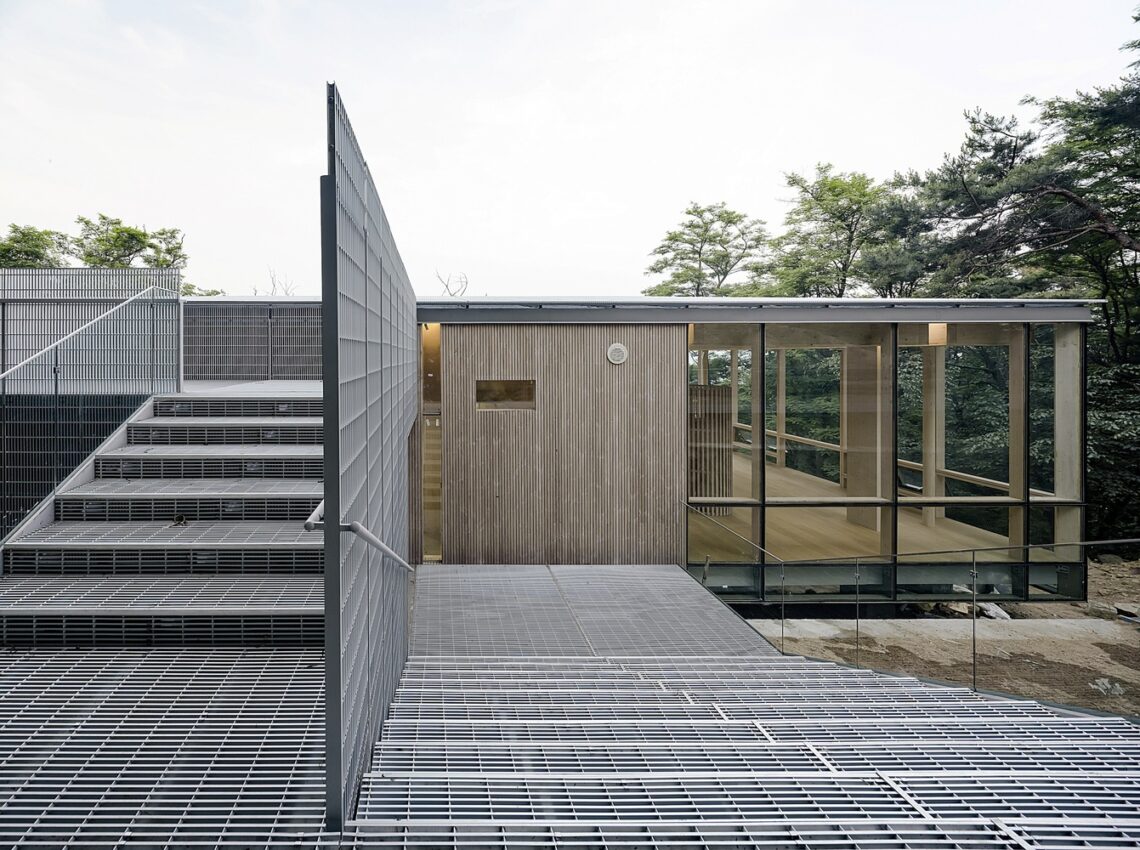
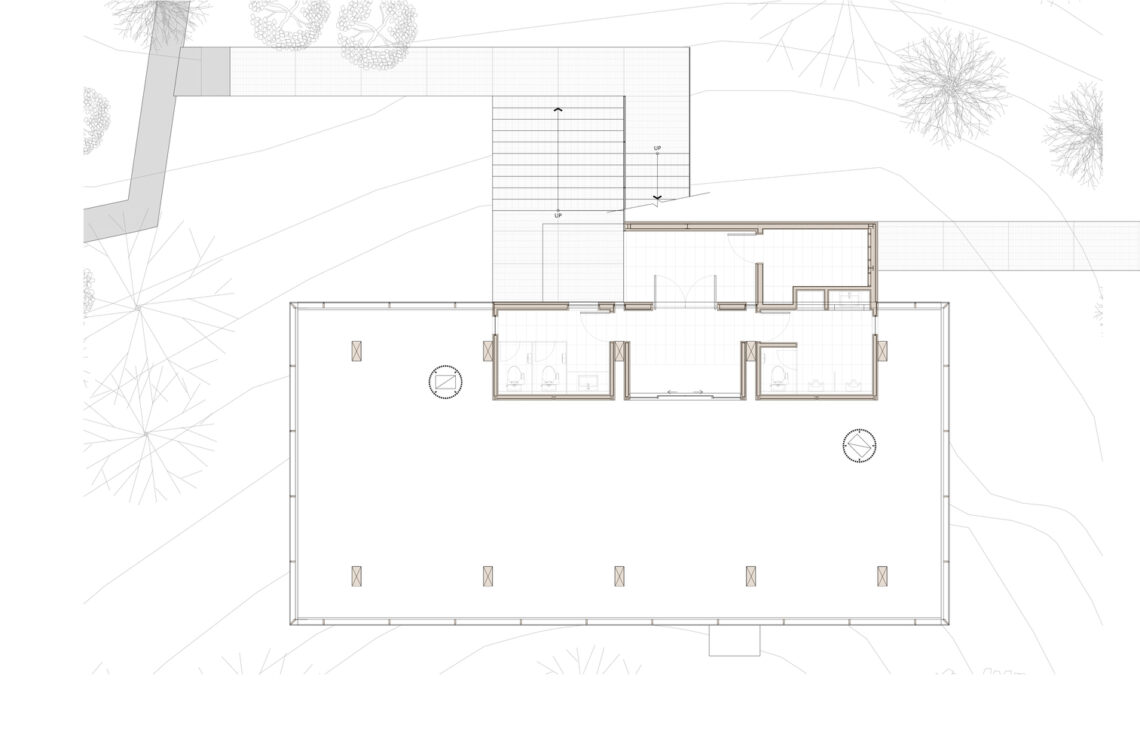
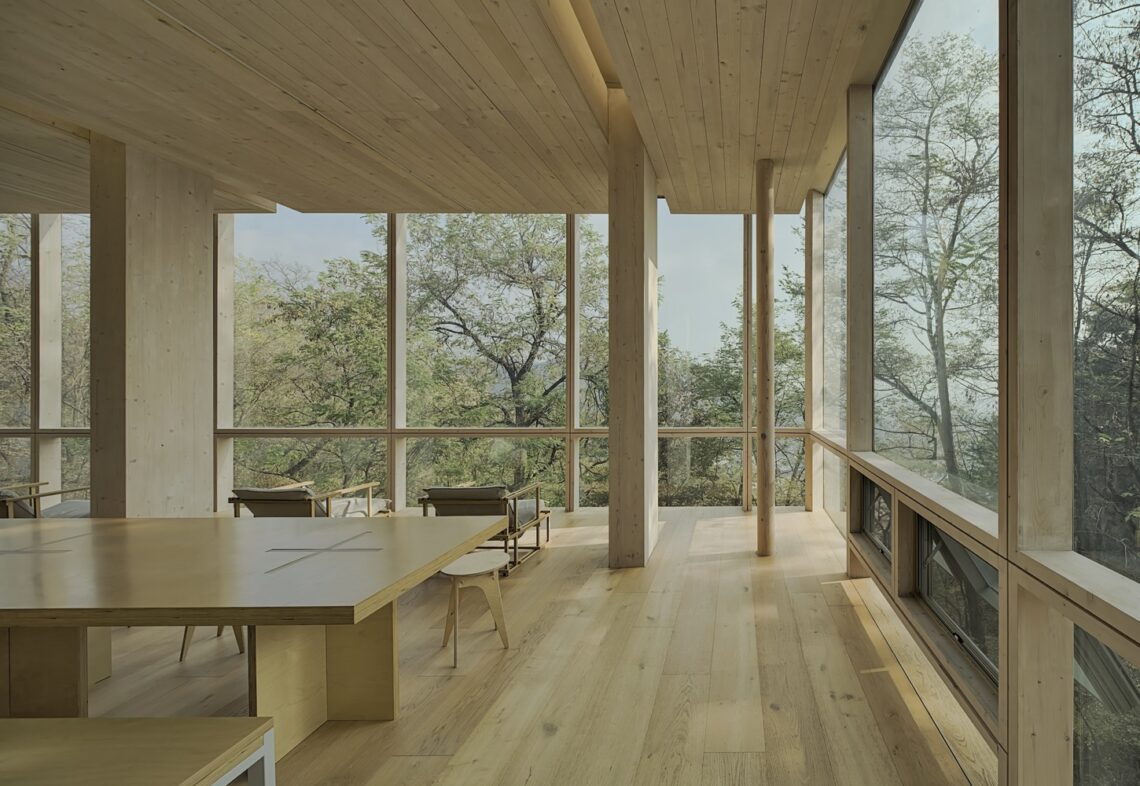
On January 21, 1968, an attack on Cheongwadae by North Korean commandos led to the establishment of numerous military posts in the surrounding mountains of Bugaksan and Inwangsan, restricting public access. Over the decades, the majority of these posts have been dismantled, allowing public reentry in 2018. Today, only three of these posts remain as historical reminders.
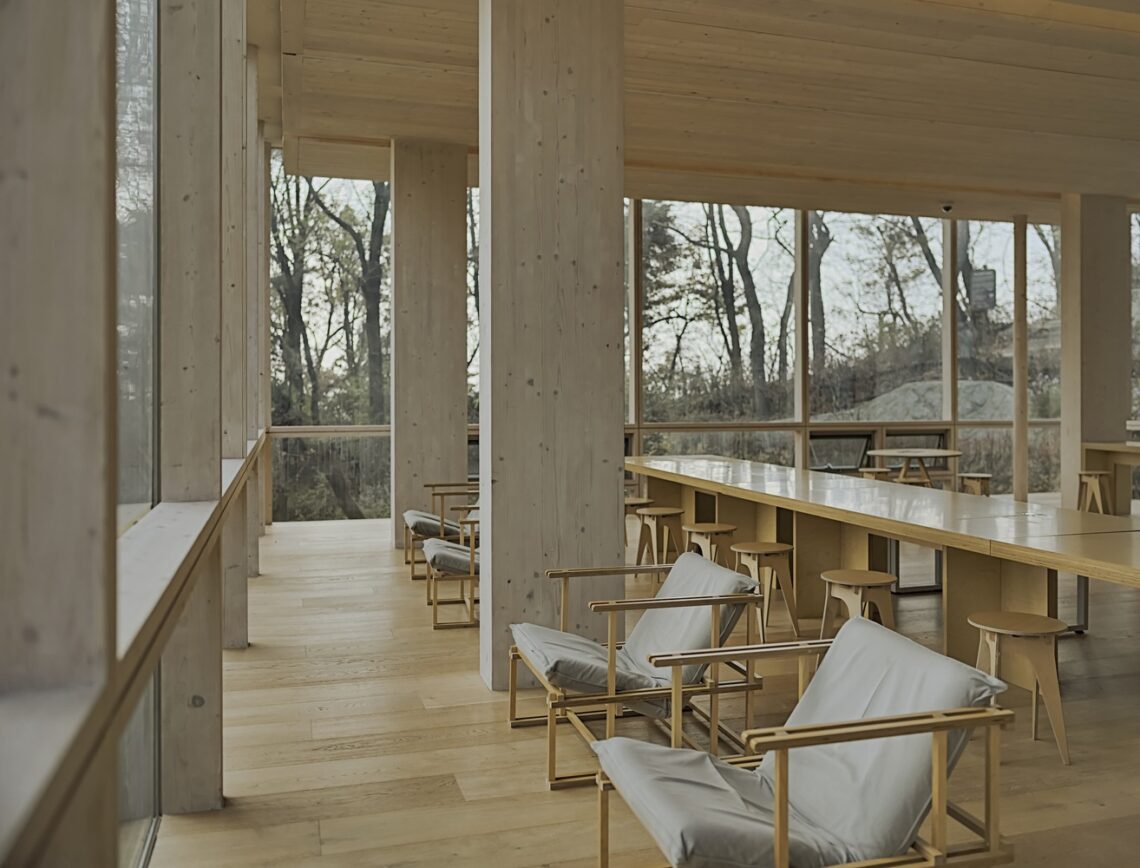
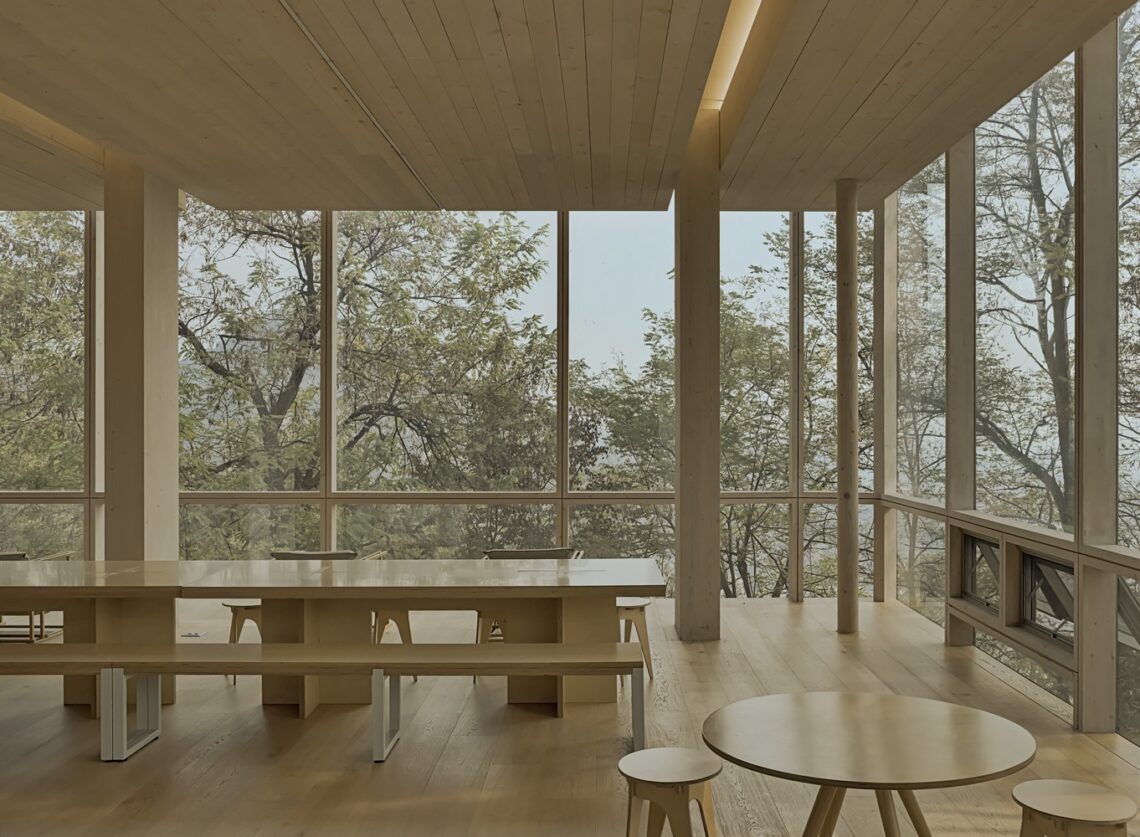
The Inwang Guard Post Forest Retreat stands on this historically charged site. Initially, a military barrack built on RC pilotis with sandwich panels, the structure was entirely redesigned to serve the public as a retreat for hikers and a cultural hub for nearby communities. By demolishing the existing superstructure and re-envisioning the site, the architects aimed to replace the old symbols of restriction with new symbols of connection.
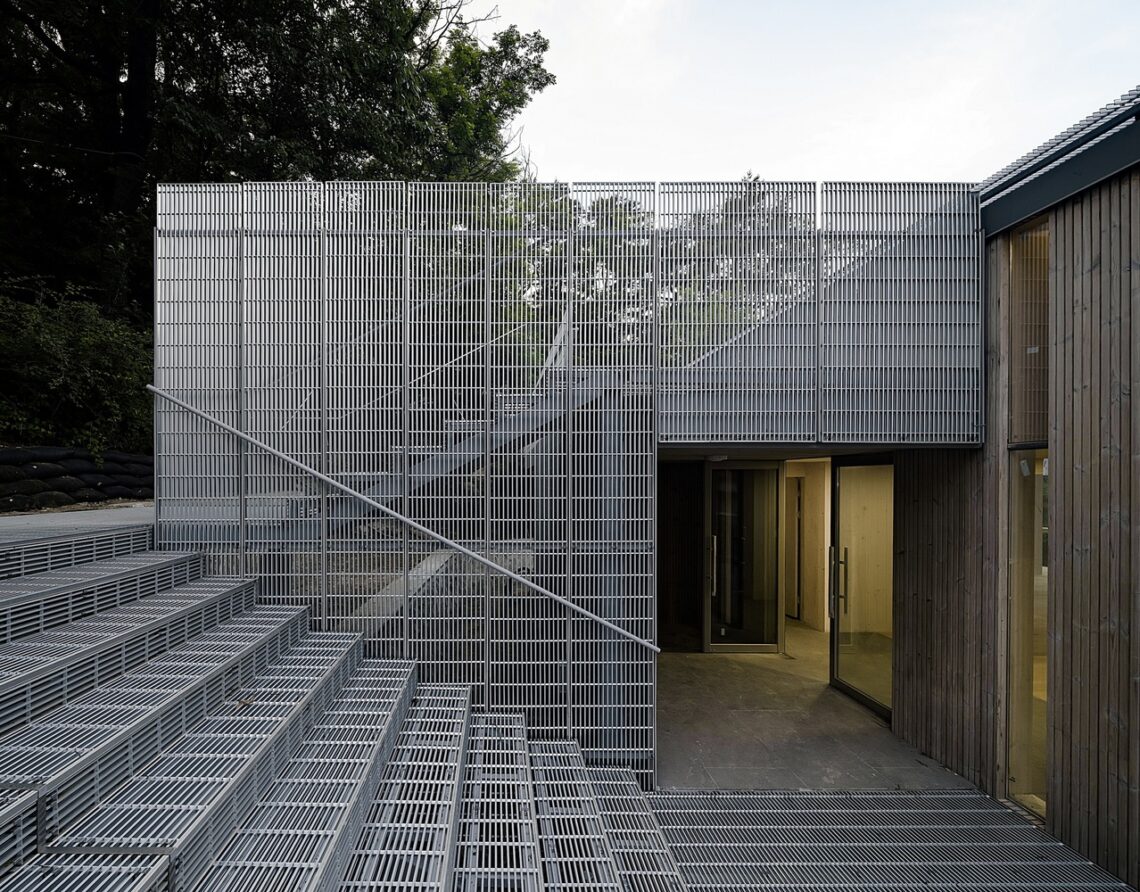
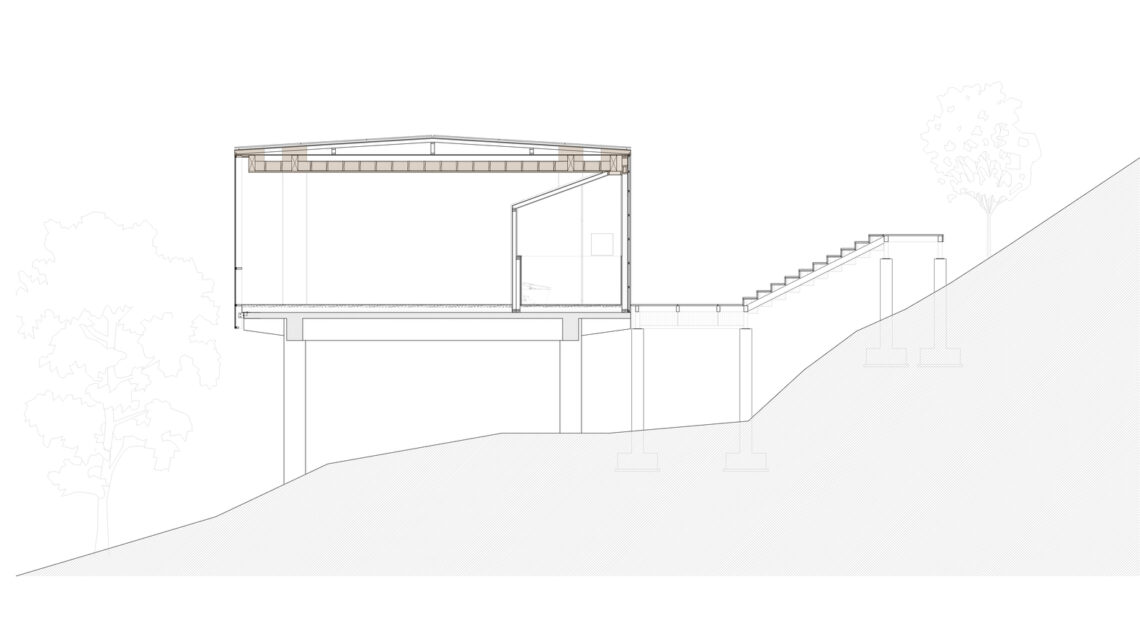
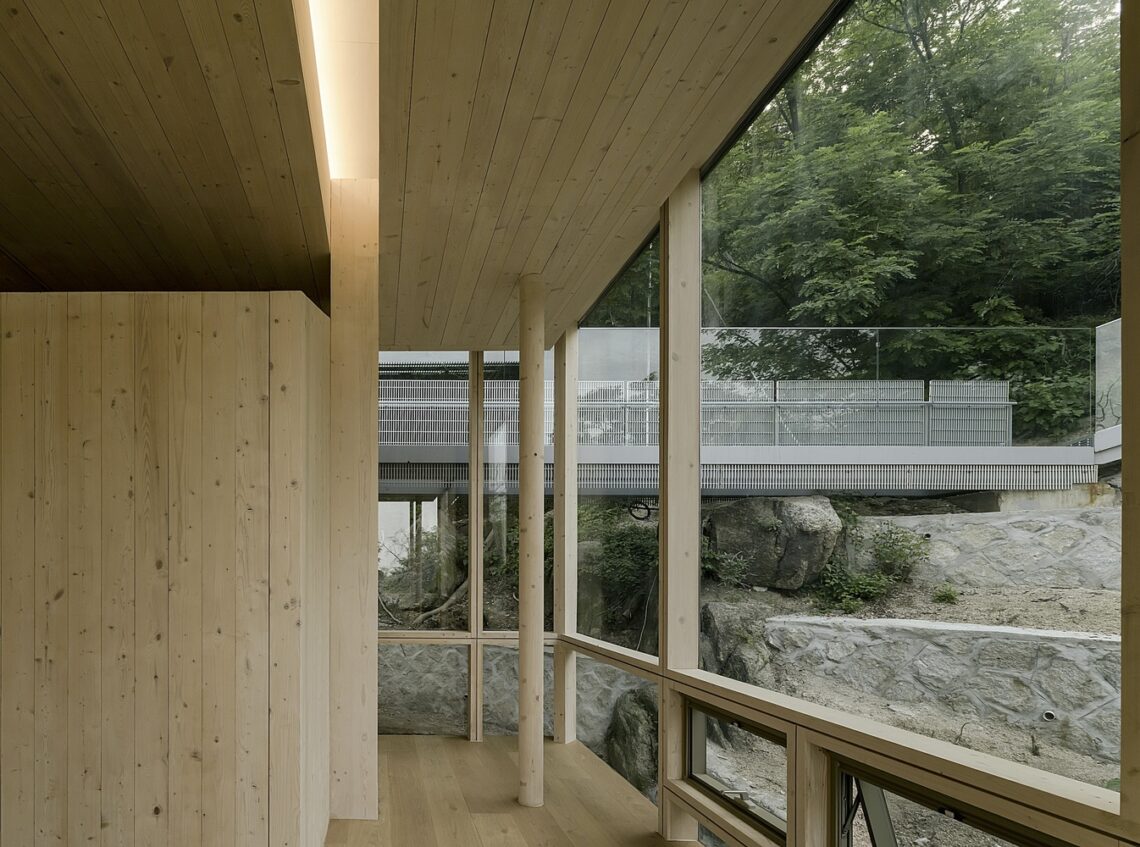
The architectural approach at the retreat is a testament to tectonic principles, as defined by Gottfried Semper. The structure integrates timber elements in an innovative manner that challenges traditional methods. Wooden columns, significantly smaller than the original concrete pillars, are aligned in a dual arrangement with large wooden panels sandwiched between them, creating a dramatic interplay of light and shadow while also seemingly defying gravity. This design choice not only enhances the space’s functionality but also serves as a metaphor for the paradoxical role of Wihang literature in Korean history.

By transforming a place of historical containment into one of cultural and communal freedom, the Inwang Guard Post Forest Retreat stands as a symbol of societal progression and architectural innovation. The project not only provides a sanctuary for the community but also perpetuates the dialogue between the past and present, making it a pivotal cultural landmark in Seoul.

Project Gallery

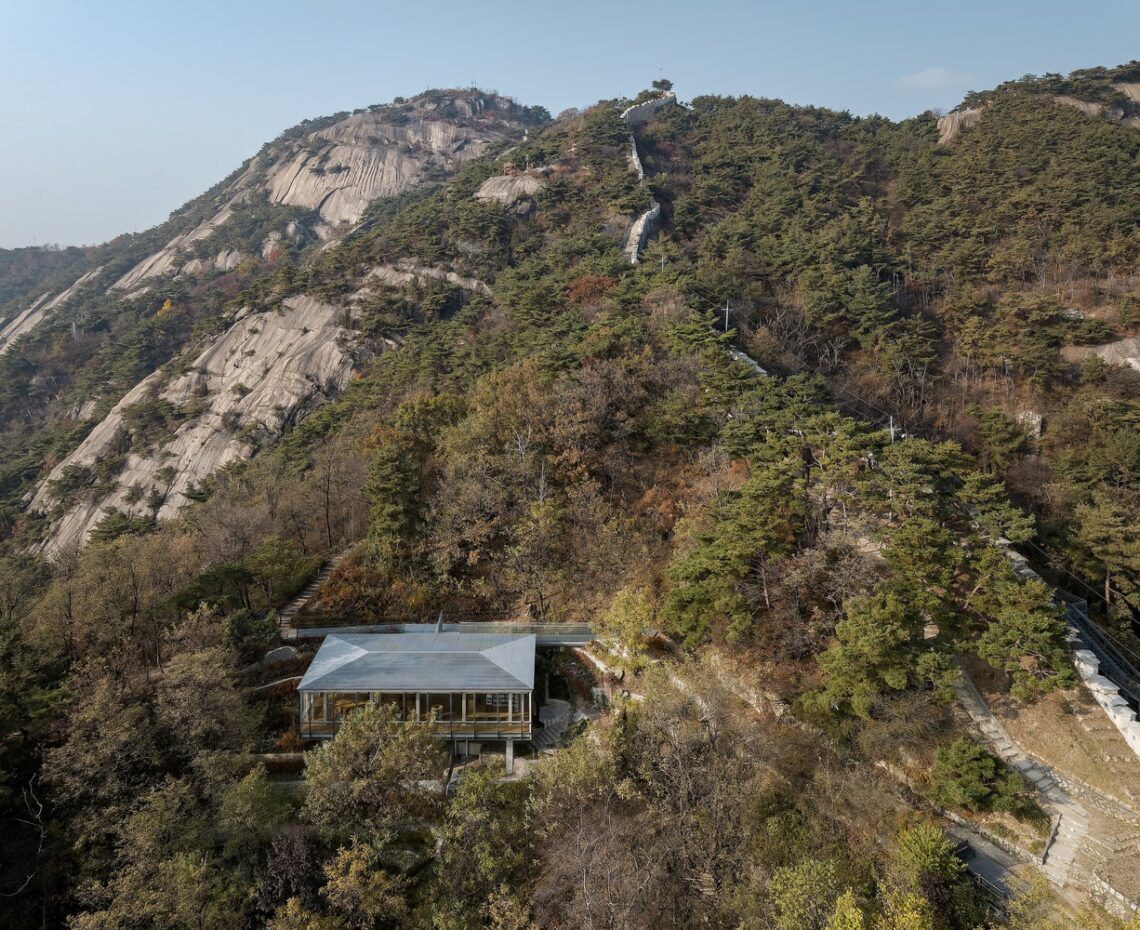
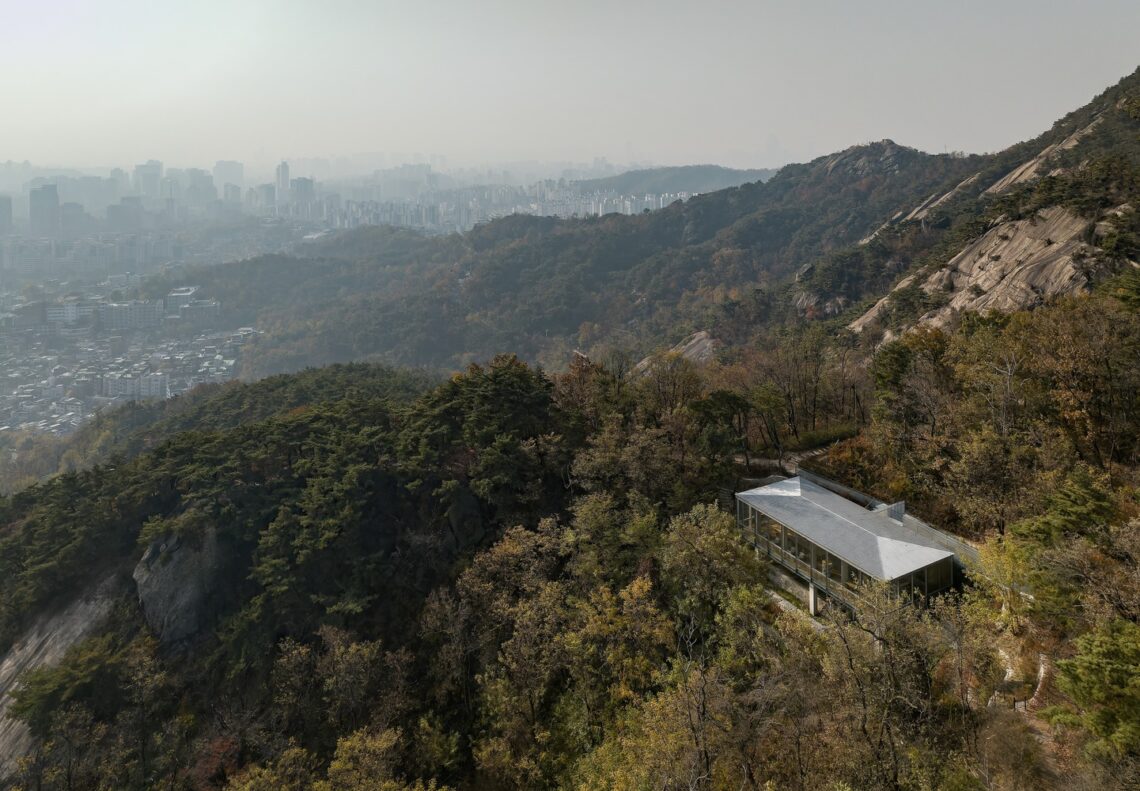
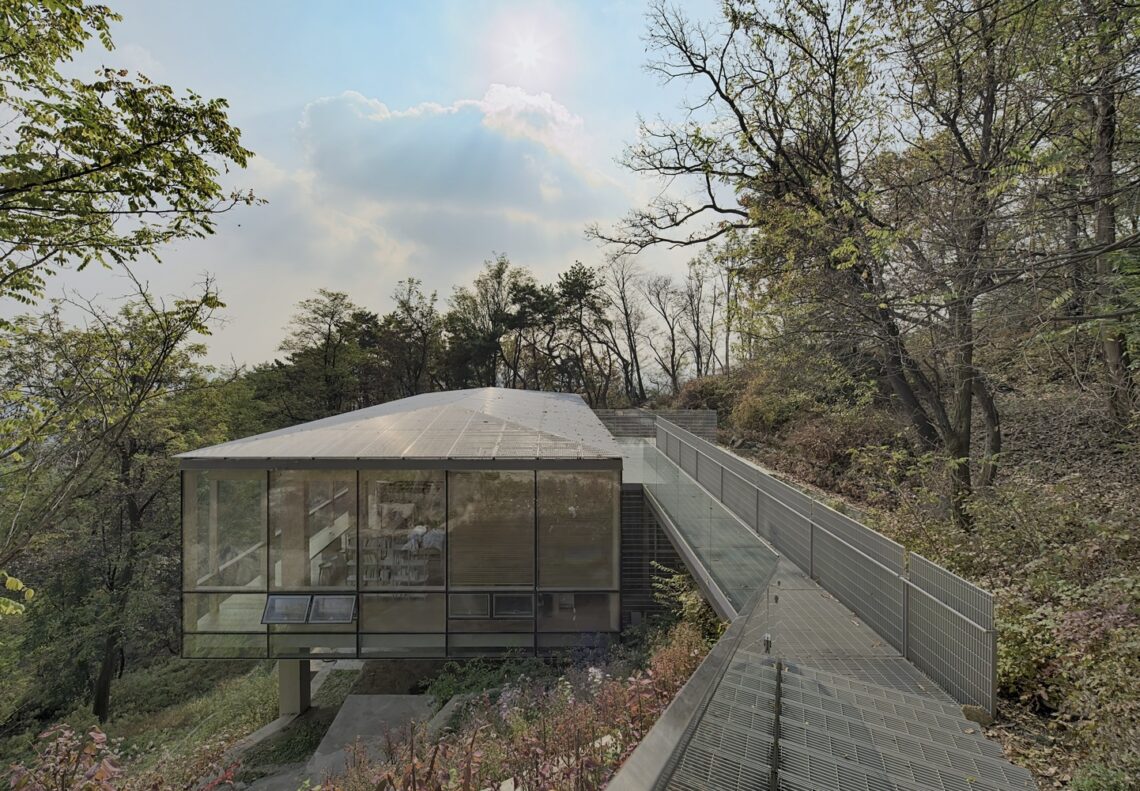
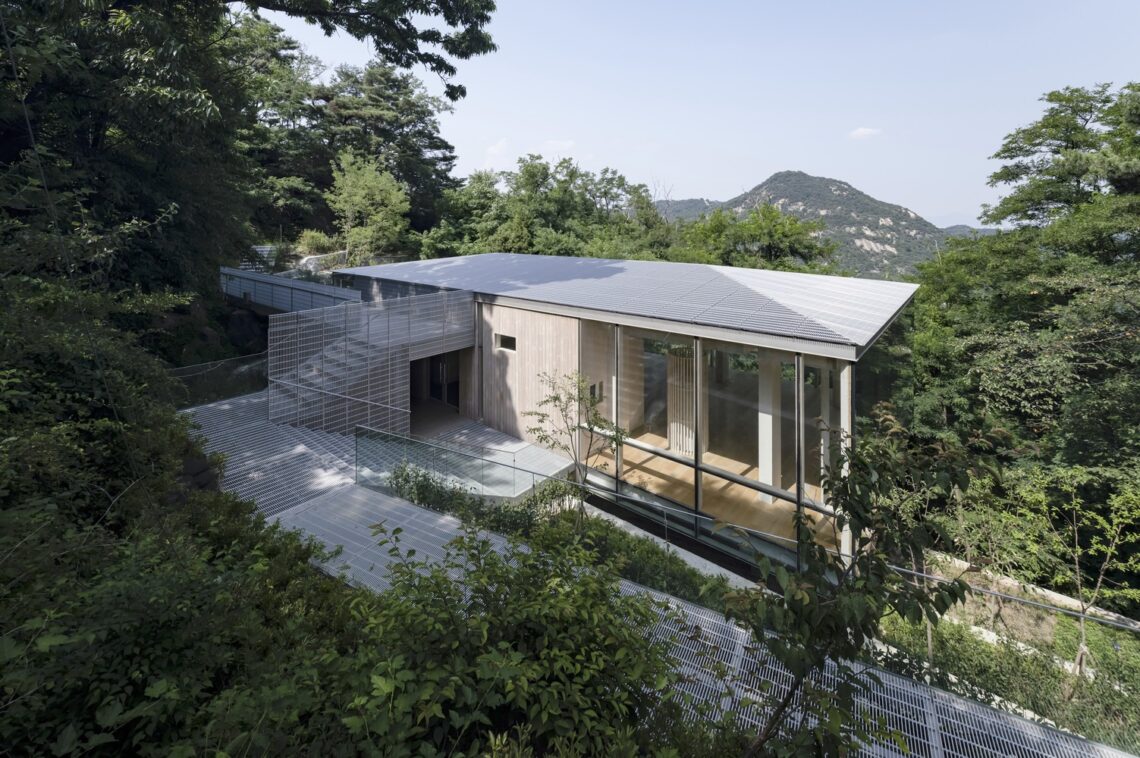
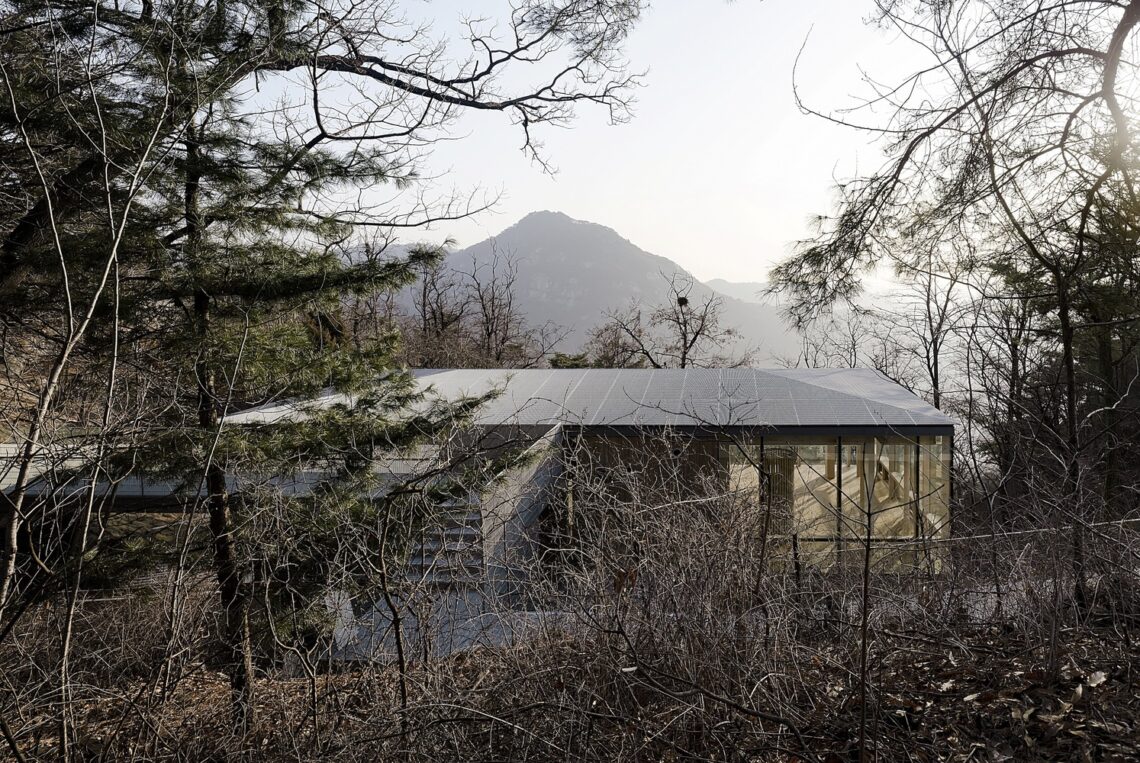


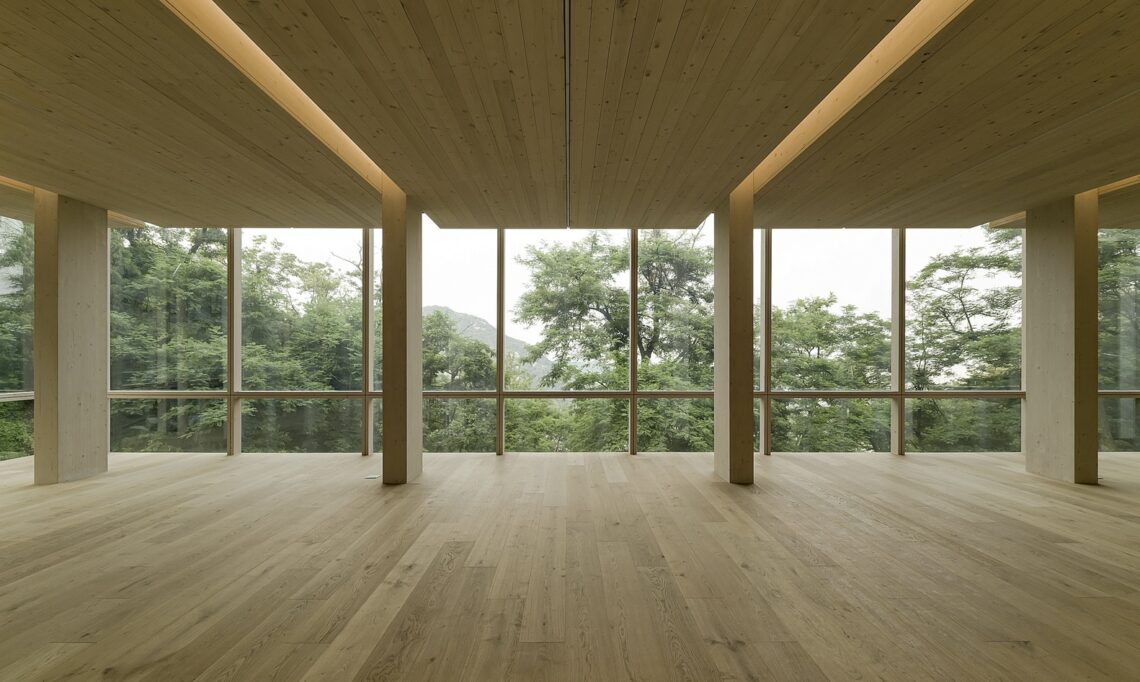
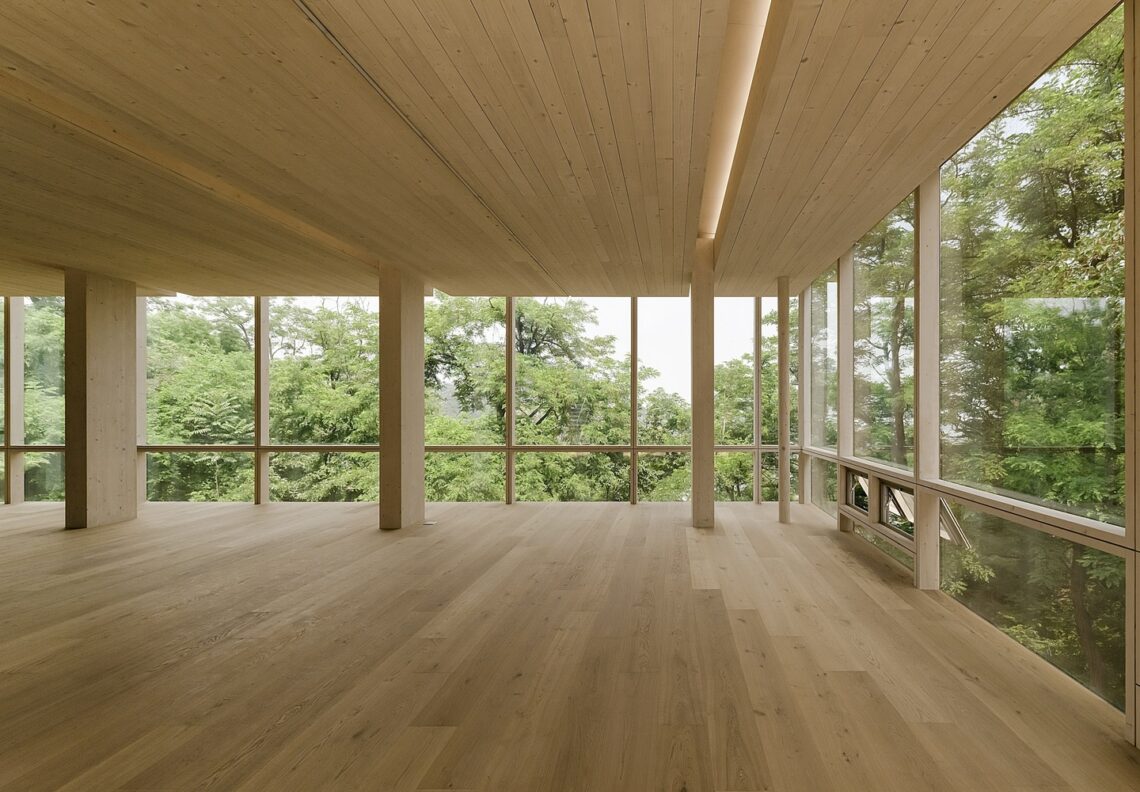
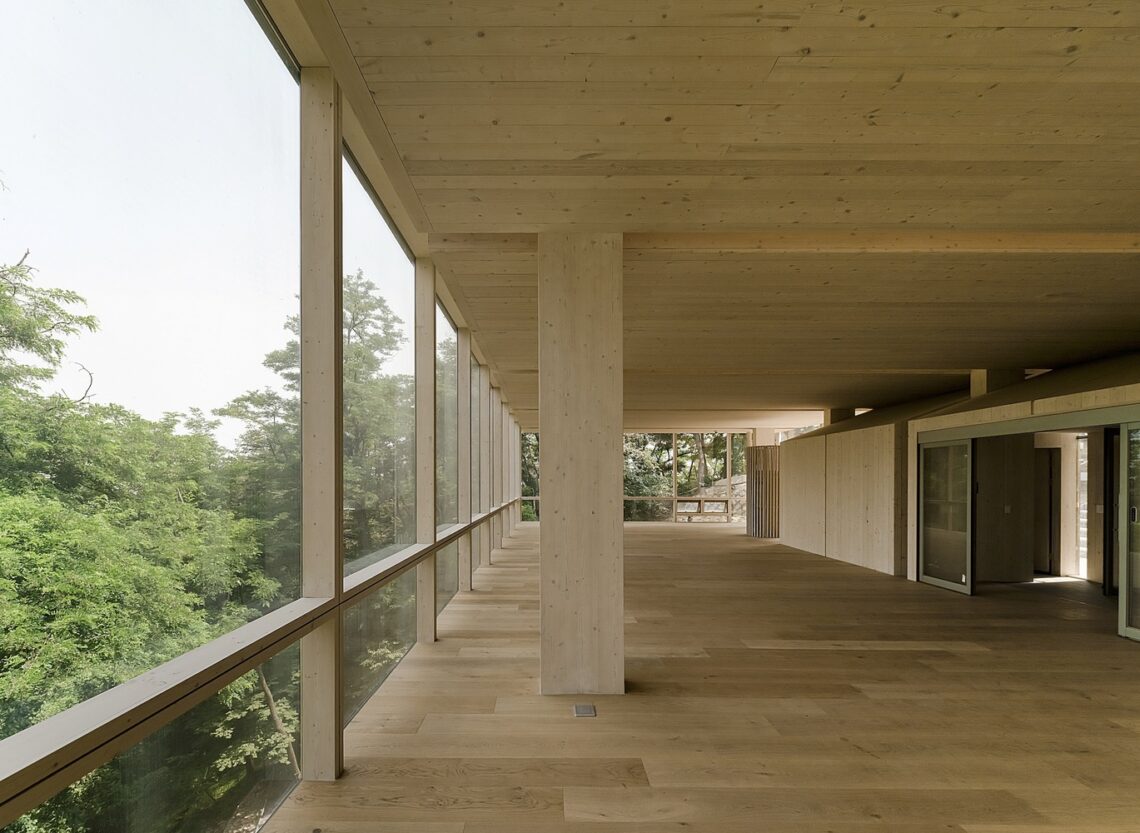

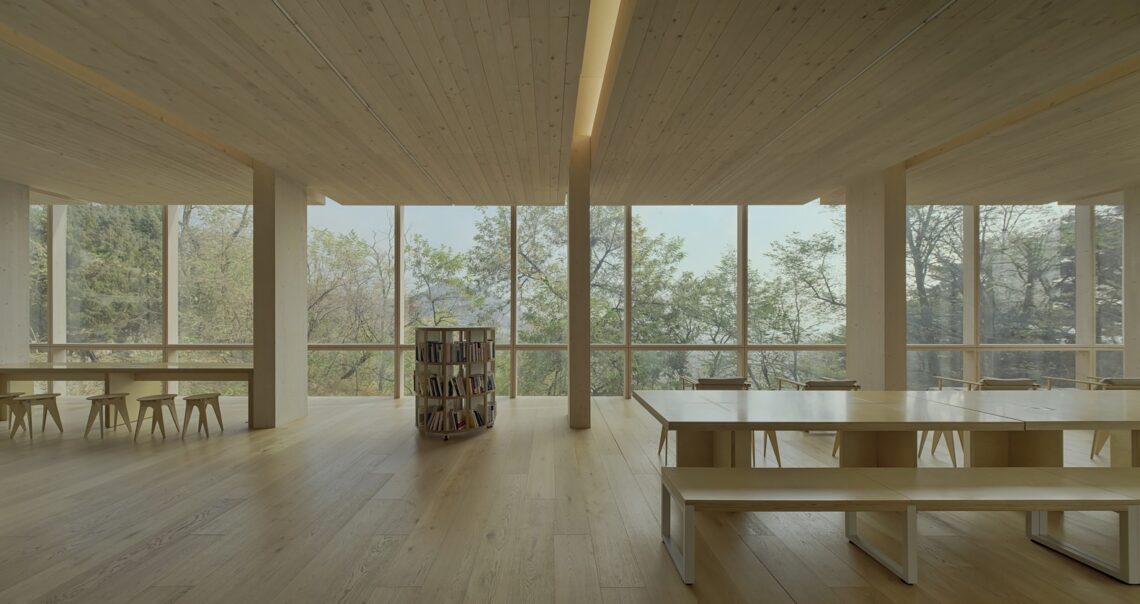
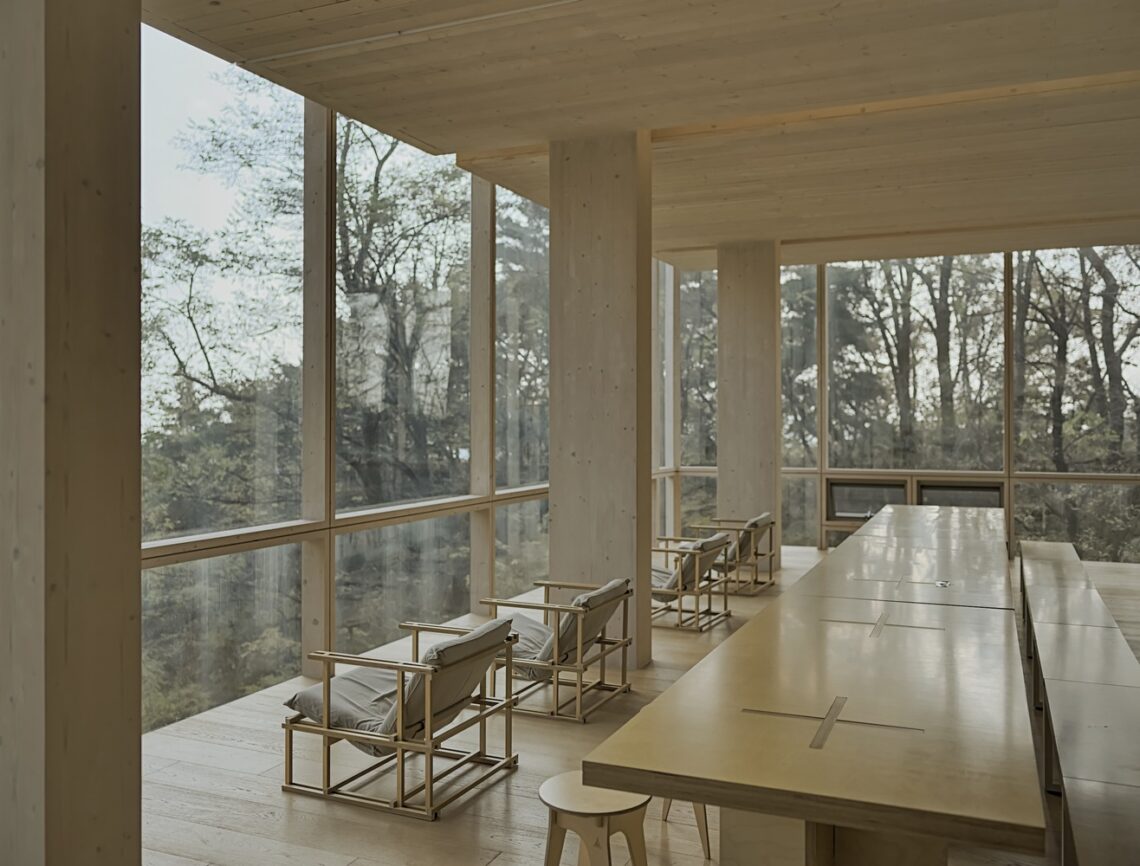

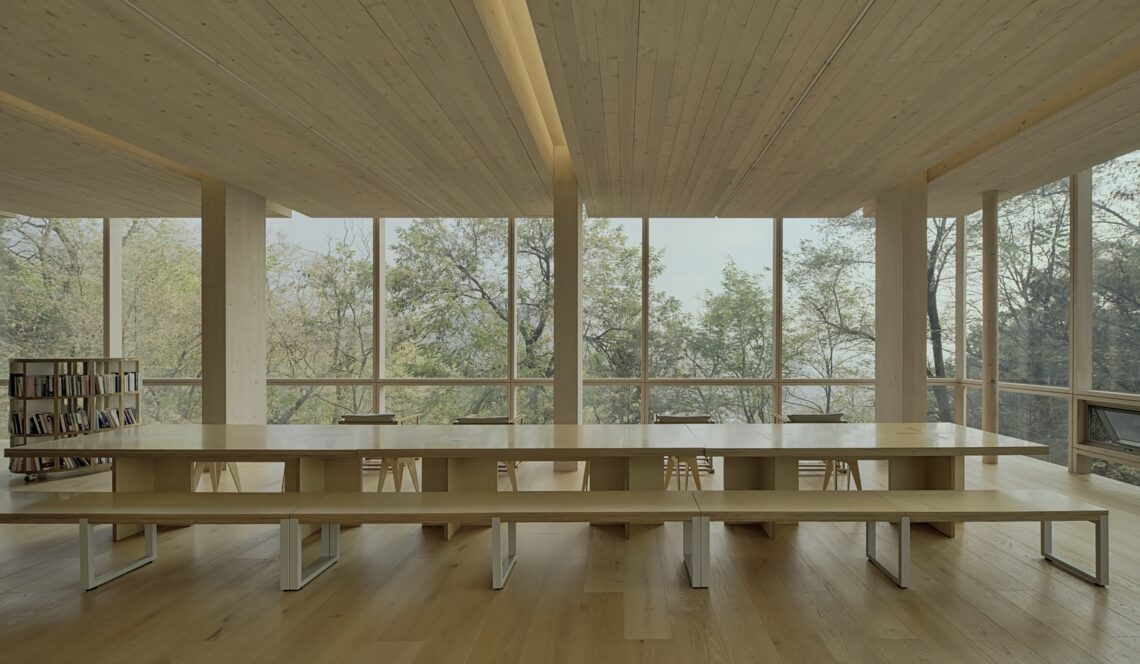




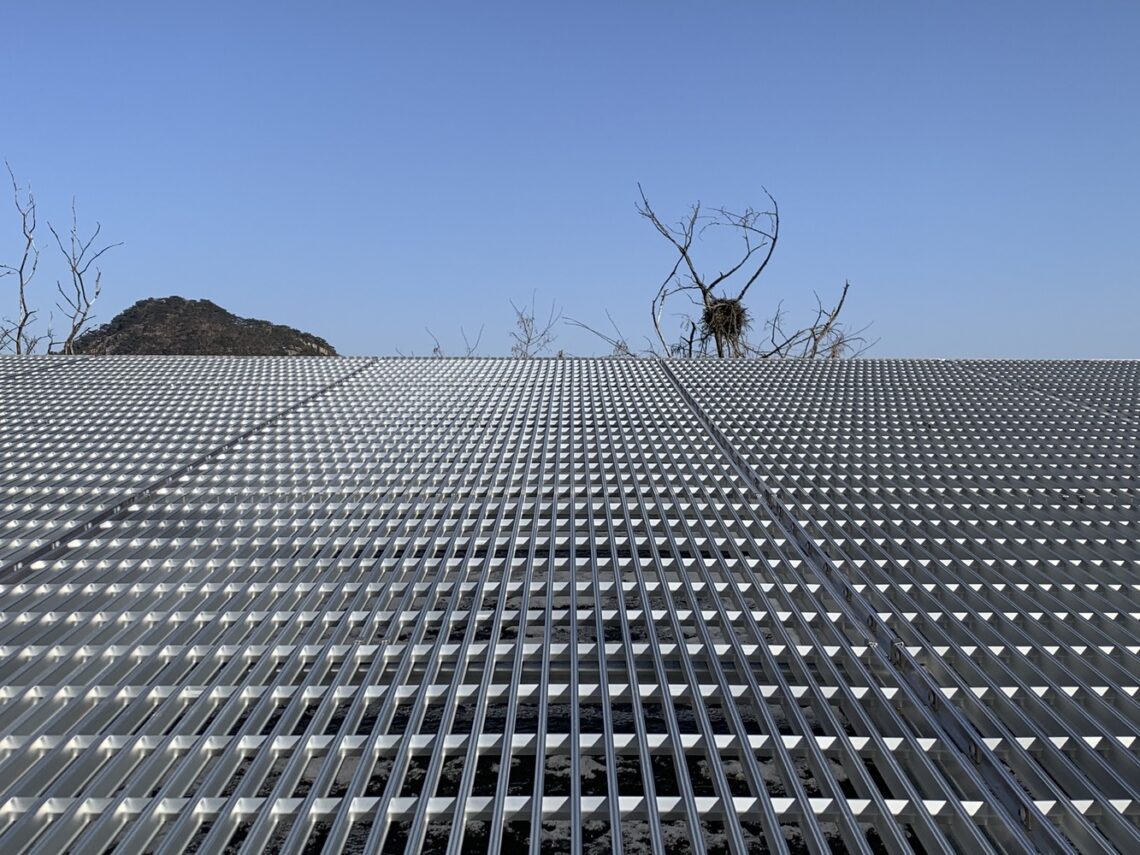
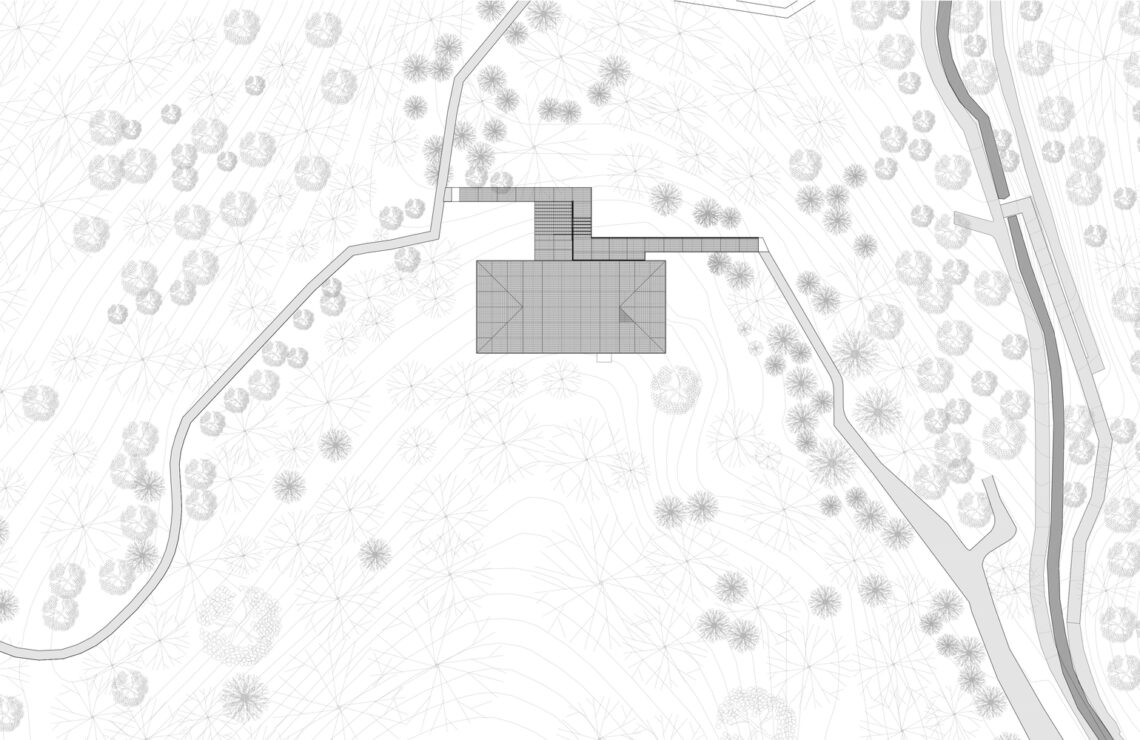



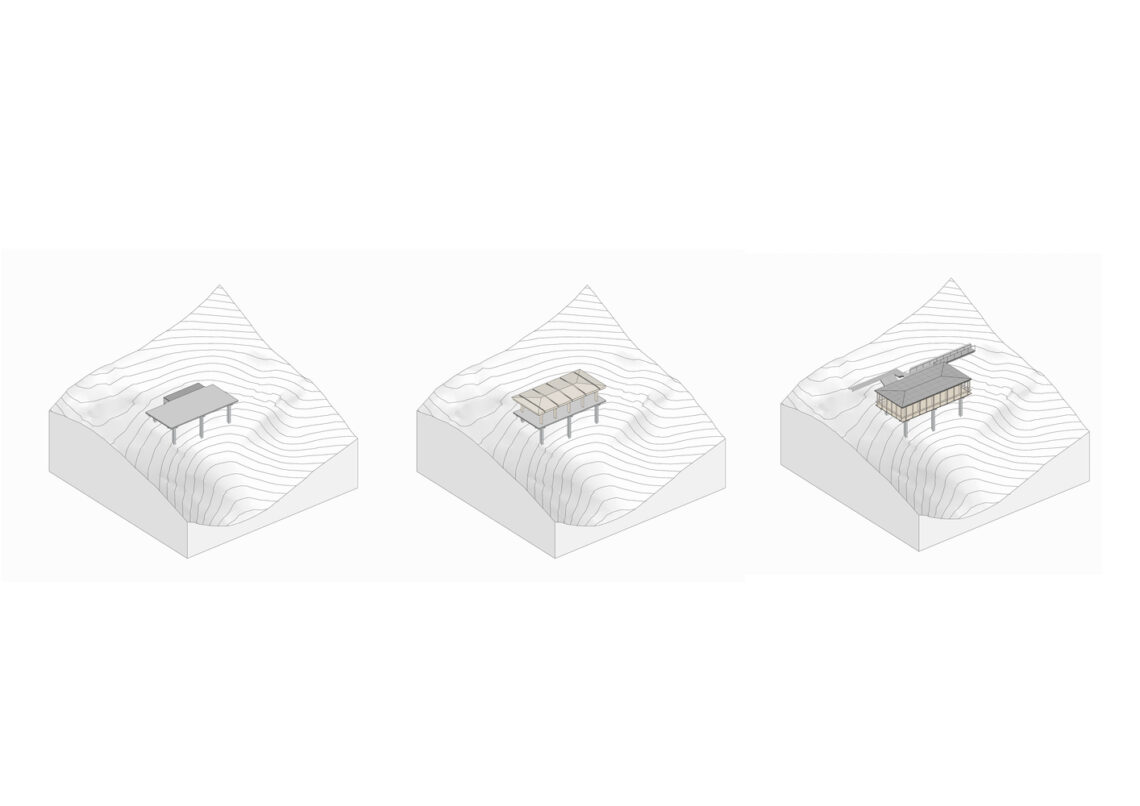
Project Location
Address: Mountain 4-36, Chungwoon-dong, Jongno-gu, Seoul, South Korea
Location is for general reference and may represent a city or country, not necessarily a precise address.


